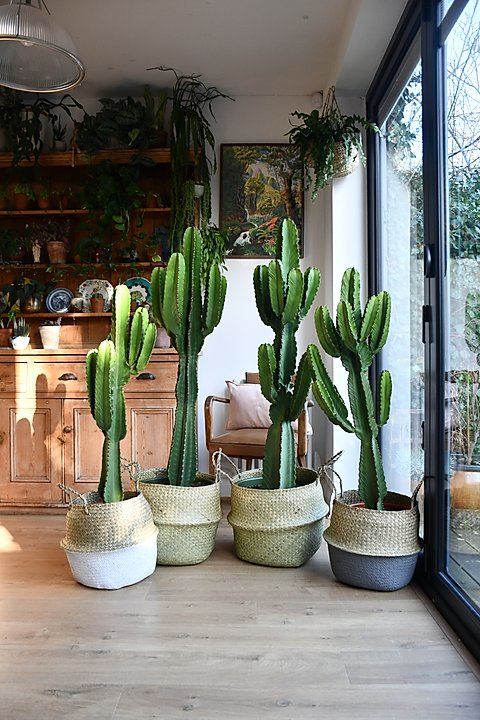One of the popular succulents for growing both indoors and outdoors is Euphorbia ingens. Commonly called the Candelabra Tree as it branches out to form a Candelabra shape this is a native to southern Africa
The branching habit varies and when young it usually commences as a single stem and them branches out.
The stem itself is ribbed with spines along the ribs, and the plant will flower. The yellow flowers appear along the ribs attract insects that pollinate them, and these flowers are followed by deep red fruits.
Over time this is a plant that will outgrow most indoor situations as it will reach around 10 – 12 meters in height. Smaller plants are used as indoor plants, and when grown indoors in a container the growth rate is restricted.
Care
This is a plant that requires very good drainage. You will need a specialist cactus and succulent potting mix and a container with good drainage holes. It does look great in a terracotta pot.
It is a plant that like some warmth, as well as good light, in low light the plant will not flower or perform well.
Watering is only required every 3 – 4 weeks, less in winter and you do need to ensure that the growing medium is almost dry before watering. Overwatering will cause root problems and if it sits in damp soil the demise of the plan will quick.
Also ensure that the container is not sitting in a saucer that has water in it, so after watering, empty the saucer.
Propagation
Easy from cuttings grown in a cactus and succulent mix. Also possible from seed.
Growth rate indoors as a houseplant, so in containers with restricted light, is medium to slow. Outdoors in the ground it is a much faster grower.
Problems and Warnings
Like all Euphorbia, the latex like sap is toxic, it causes skin and eye irritations, and to people and cats and dogs and if ingested it is poisonous and can be fatal.
Plant away from areas where children or pets may come into contact with the plant.


